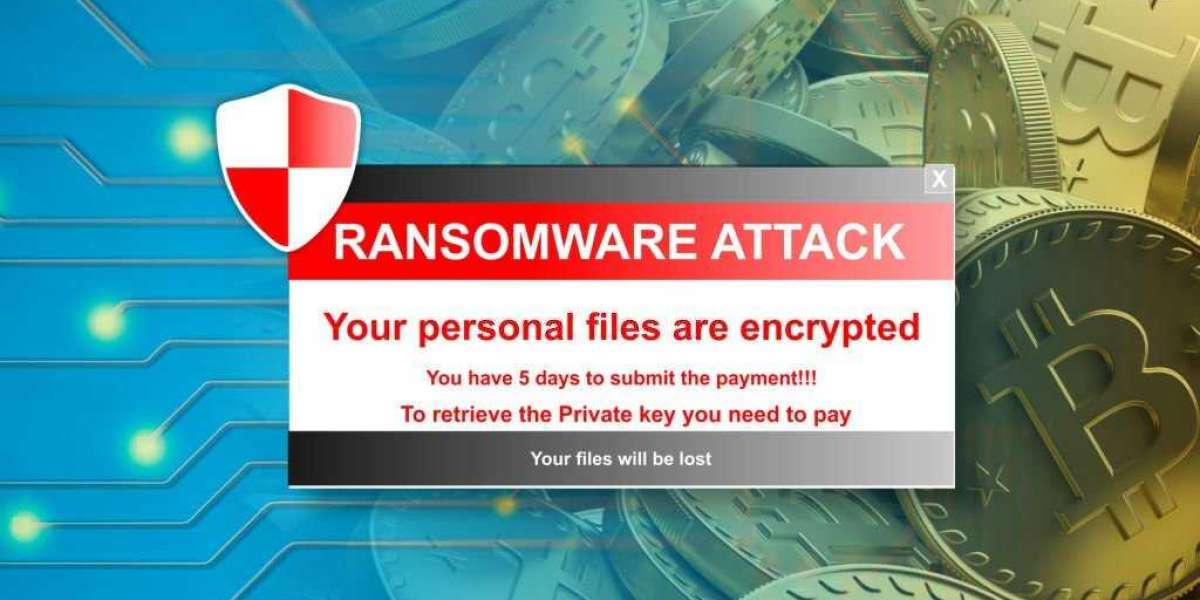Ransomware attacks have become an increasingly common threat to businesses of all sizes. These attacks involve encrypting the victim's data with malware and then demanding a ransom in exchange for a decryption key. Therefore, organizations must take proactive measures to prevent ransomware attacks with the help of ransomware best practices for prevention and response and have an action plan in case a ransomware attack occurs. In this comprehensive guide, we cover best practices for preventing and responding to ransomware attacks.
prevention
Implement strong security measures: Strong security measures such as firewalls, intrusion detection systems, and anti-malware can help prevent ransomware attacks. Make sure all software is up to date with timely security patches.
Perform regular backups: Regular backups are critical to recovering from ransomware attacks. Make sure your backups are stored securely and test them regularly to make sure they can be restored.
Train employees: Ransomware attacks are often based on human error, e.g. B. clicking on a malicious link or opening a phishing email. Educate your employees on how to recognize and avoid these threats.
Implement a Least Privilege Access Policy: Limit access to data and systems to those who need them to perform their jobs. This limits the impact of ransomware attacks.
Use multi-factor authentication: Multi-factor authentication helps prevent unauthorized access to accounts, making it harder for attackers to penetrate the system.
Conduct regular security assessments: Regular security assessments identify weaknesses and weaknesses in your security measures so you can fix them before an attack occurs.
Have an Incident Response Plan: Have a plan of action in the event of a ransomware attack. This should include procedures for isolating infected systems, notifying stakeholders, and restoring data from backups.
answer
Isolate infected systems: Once a ransomware attack is detected, isolate infected systems from the network to prevent malware from spreading.
Notify stakeholders: Notify all relevant stakeholders, including IT staff, executives, and legal counsel. It is important to act quickly and decisively to minimize the impact of an attack.
Determine the scope of the attack: Determine the scope of the attack and determine which systems and data were compromised. This will help you prioritize your recovery efforts.
Restoring data from backups: If backups are available and verified, restore affected data and systems from those backups.
Consider paying the ransom: While paying the ransom is not recommended, in some cases paying the ransom may be the only option to recover critical data. However, paying the ransom does not guarantee that the attackers will provide the decryption key and may encourage further attacks.
Investigate an attack: Investigate an attack to determine the source of the attack and how the attacker gained access to your system. This information can help prevent future attacks.
Implement additional security measures: Once an attack has been contained and the system restored, implement additional security measures to prevent future attacks. This may include updating security software, conducting additional employee training, and improving security policies and procedures.
By implementing these best practices for preventing and responding to ransomware attacks, organizations can minimize the risk of an attack and better response when it occurs. It's important to be proactive when defending against ransomware, as the cost and reputational damage of an attack can be significant.


